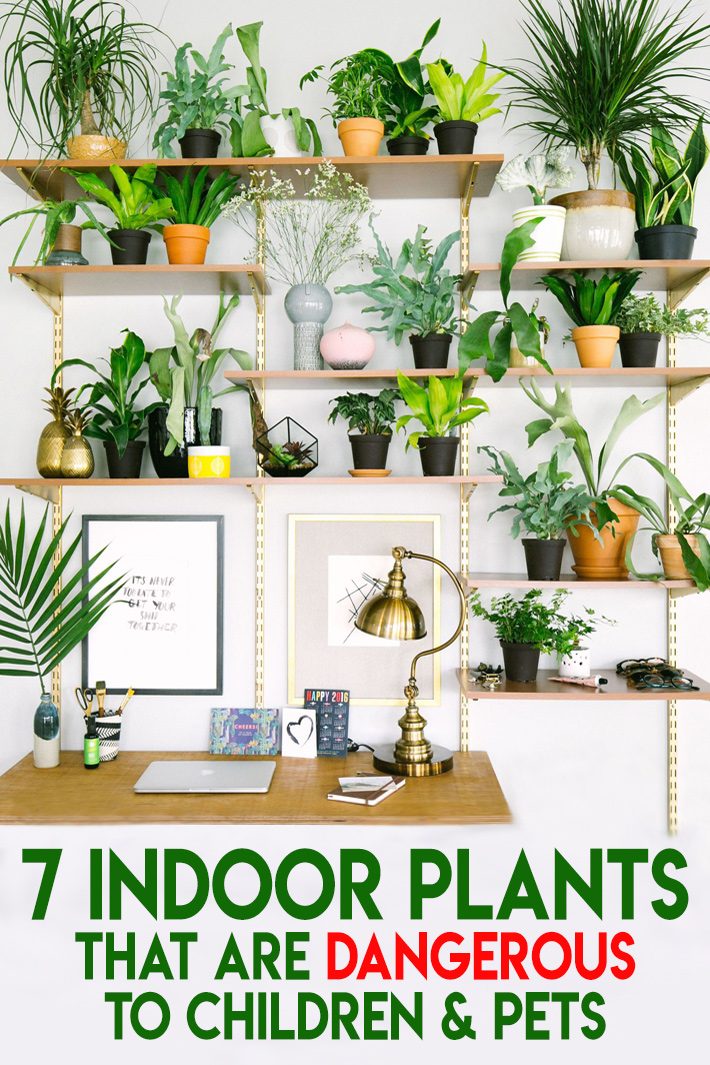
Exotic houseplants are a very common sight in nearly every home. They brighten your living space, help improve indoor air quality, add life… plus caring for plants is therapeutic. Many indoor plants also provide beautiful splashes of color to compliment your décor. Unfortunately, if your home includes pets or children, some of these lovely accents pose a threat to your family. Here are a few toxic indoor plants to keep away from both your children and your pets.
Peace Lilies

Peace lilies are one of the most common flowering indoor plants, particularly around Easter time. Their dark leaves, white flowers, and low maintenance needs make them a very popular choice for Spring décor. However, if consumed, they are toxic to humans, dogs, and cats. In fact, all members of the lily family are toxic to cats. These lilies should be kept out of reach, or only used in homes of families with older children and no pets. They are only dangerous when consumed and are completely safe to touch.
Devil’s Ivy
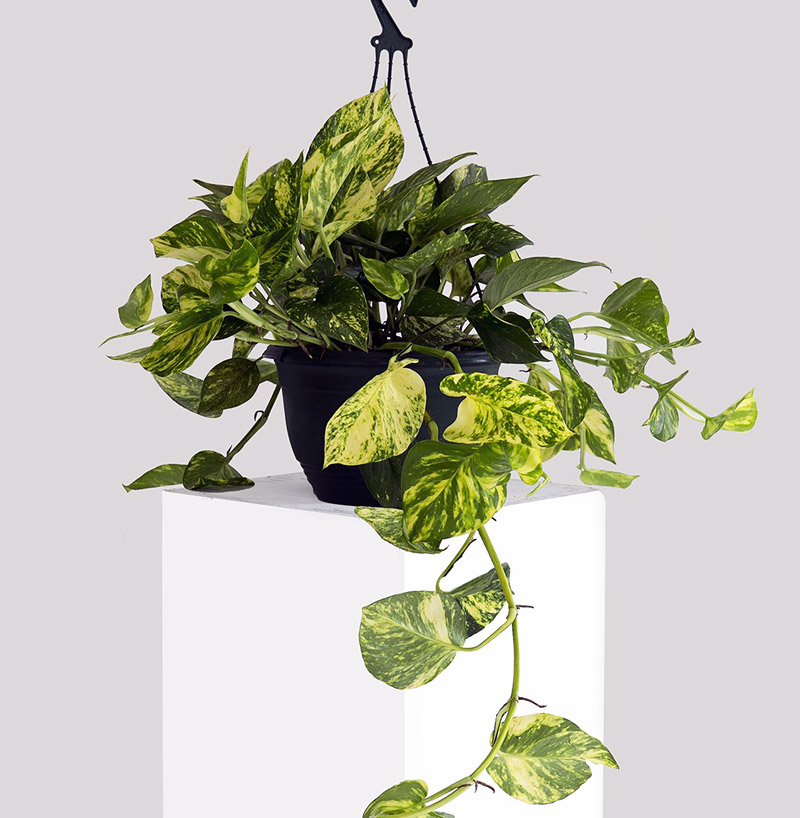
Devil’s ivy is another fairly common houseplant, also known as Pothos. It’s a leafy vine often simply labeled as “assorted foliage” in garden centers. The attractive drape and ease of care make it a tempting addition to your home, particularly when you’re trying to spruce your house up quickly and on a budget. Though it is safe to touch, any human or pet that consumes it will experience vomiting and swelling – not the type of thing you’re looking for in a house plant, that’s for sure.
Sago Palm
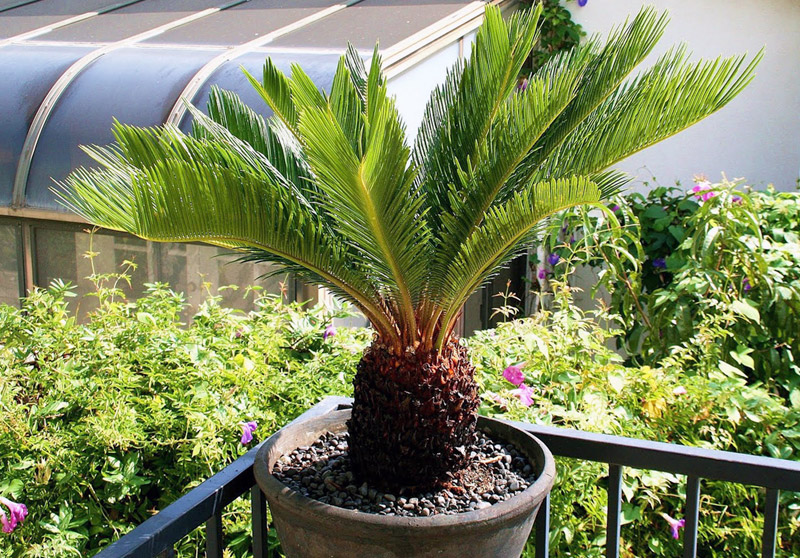
Small versions of these spiky, ancient plants are a fun addition to the home and can do wonders for indoor air quality. Their unique structure makes them a great talking point and a lovely accent piece. However, these plants have an ancient defense mechanism: They are highly toxic. When any part of the plant is ingested, it can cause vomiting, diarrhea, and even liver failure. These are an important one to avoid with small children and pets that like to chew.
Caladium

Caladium or Elephant Ear plants come in a range of bright colors, making it another fun piece of living décor. The velvety leaves are a tempting thing to touch and possibly eat for small kids and curious, or bored, pets. Consumption of the leaves can cause swelling, eye pain, diarrhea, and vomiting. These are better left to higher shelves or even outside.
Poinsettia

This plant is most common around Christmas time. The poinsettia’s dark, pointy leaves and traditional red flowers make it a common Christmas gift and decoration. When ingested, it causes nausea and vomiting, leading to its reputation as a dangerous plant for cats and other pets. When exposed to the plant’s sap, skin can become red and irritated. Be sure to prepare a safe location when the holidays roll around to enjoy the poinsettia’s beauty without risking your family’s or pet’s health.
English Ivy
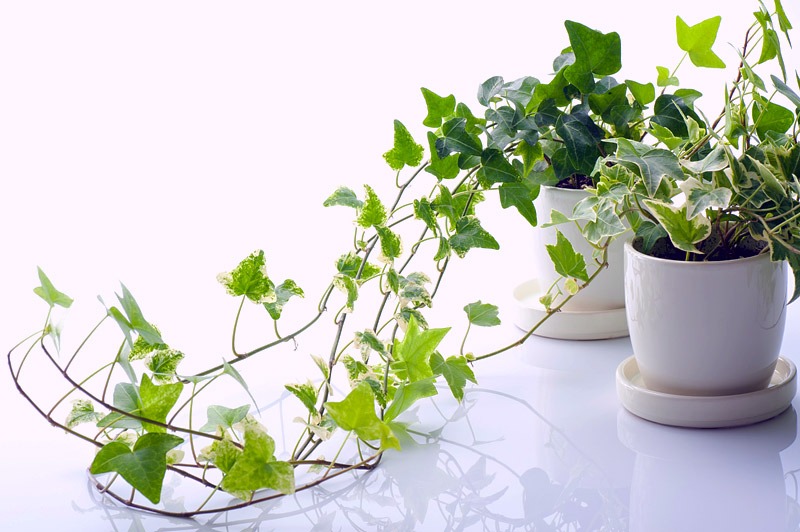
English ivy has small, pointed leaves and makes for a delicate display. The fine vines form a loose tangle, preventing it from draping to the extent of other ivy varieties. This means it can be easier to keep out of reach from children and pets as it can cause a wide range of symptoms including weakness, vomiting, throat swelling, dermatitis, rash, and ataxia.
Cyclamen
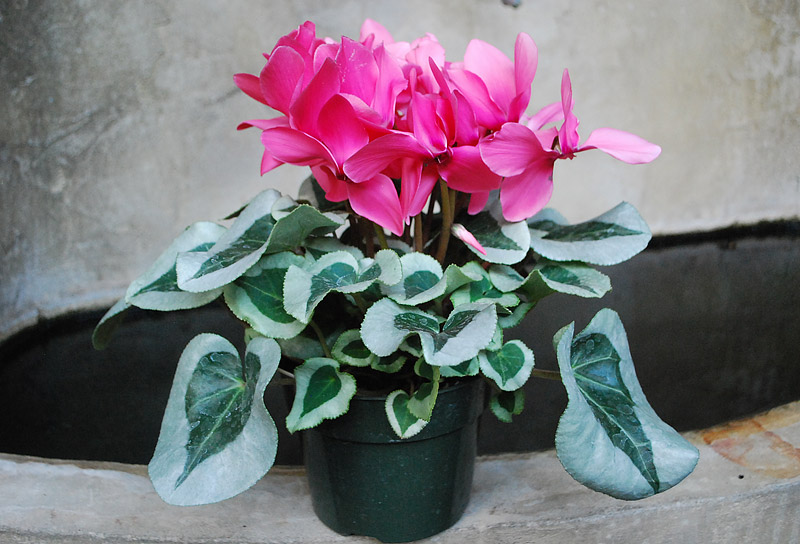
Cyclamen is a dark leafed plant that produces brightly colored flowers ranging from white to red. Their flowers are exactly what make them so popular for homeowners. However if you have kids or pets, these vertical plants simply do not have the same cheery effect from tall shelves. They can cause diarrhea and vomiting when consumed.
Research is necessary when bringing plants into a home with pets or kids. Many tropical or exotic plants can be dangerous to your family members. Though this can be remedied by putting the toxic plants up out of reach, it is better to find plants that are safe to keep in the home and reduce your stress.
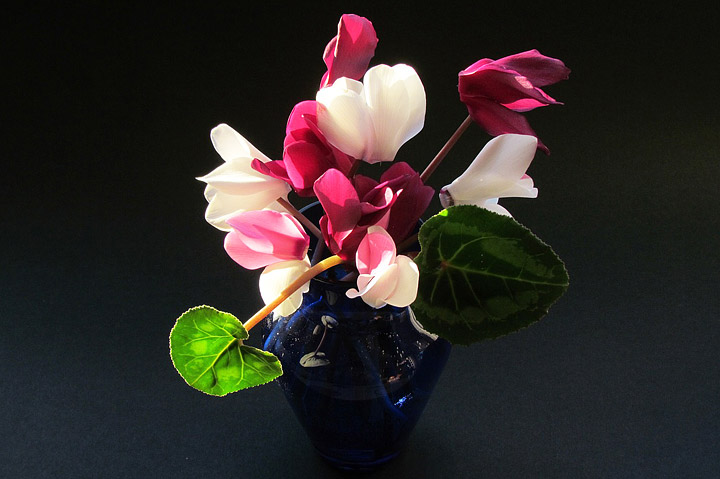

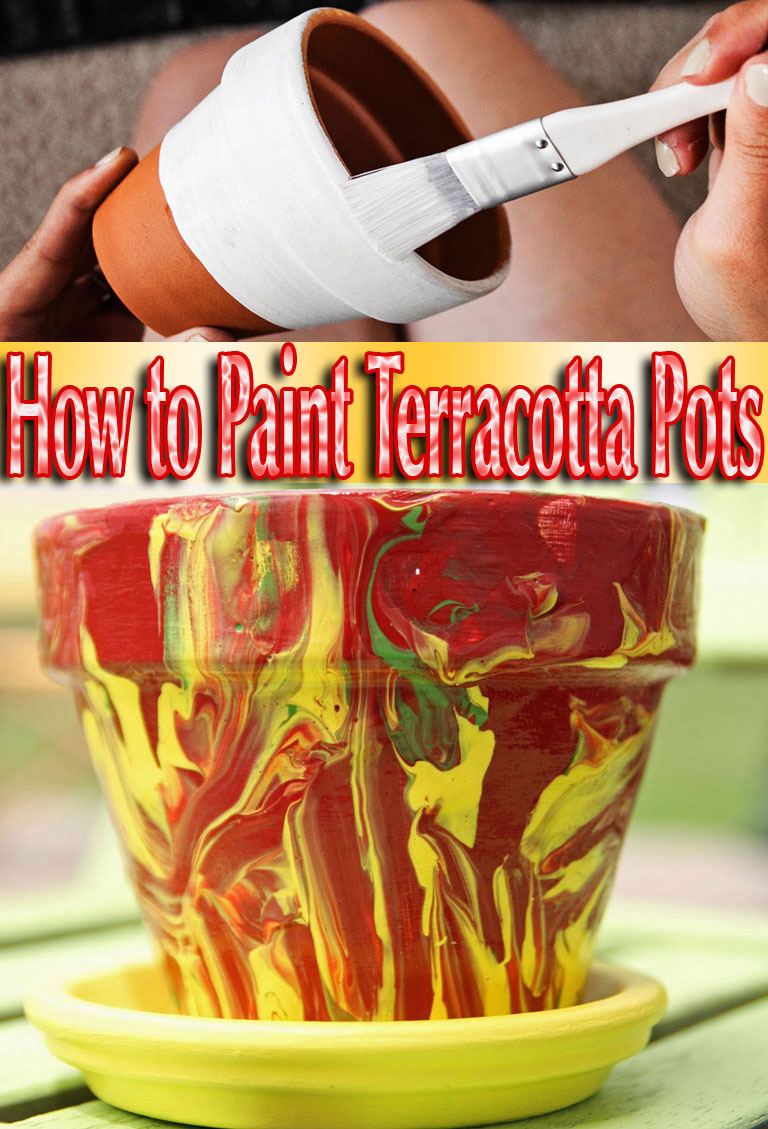
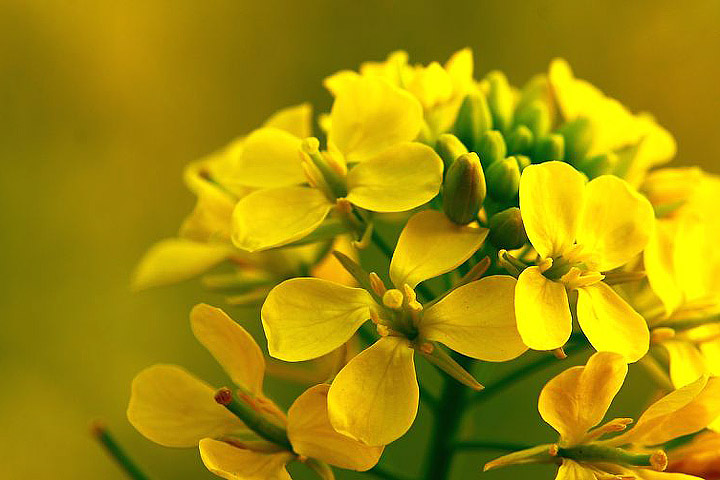

Leave a Reply